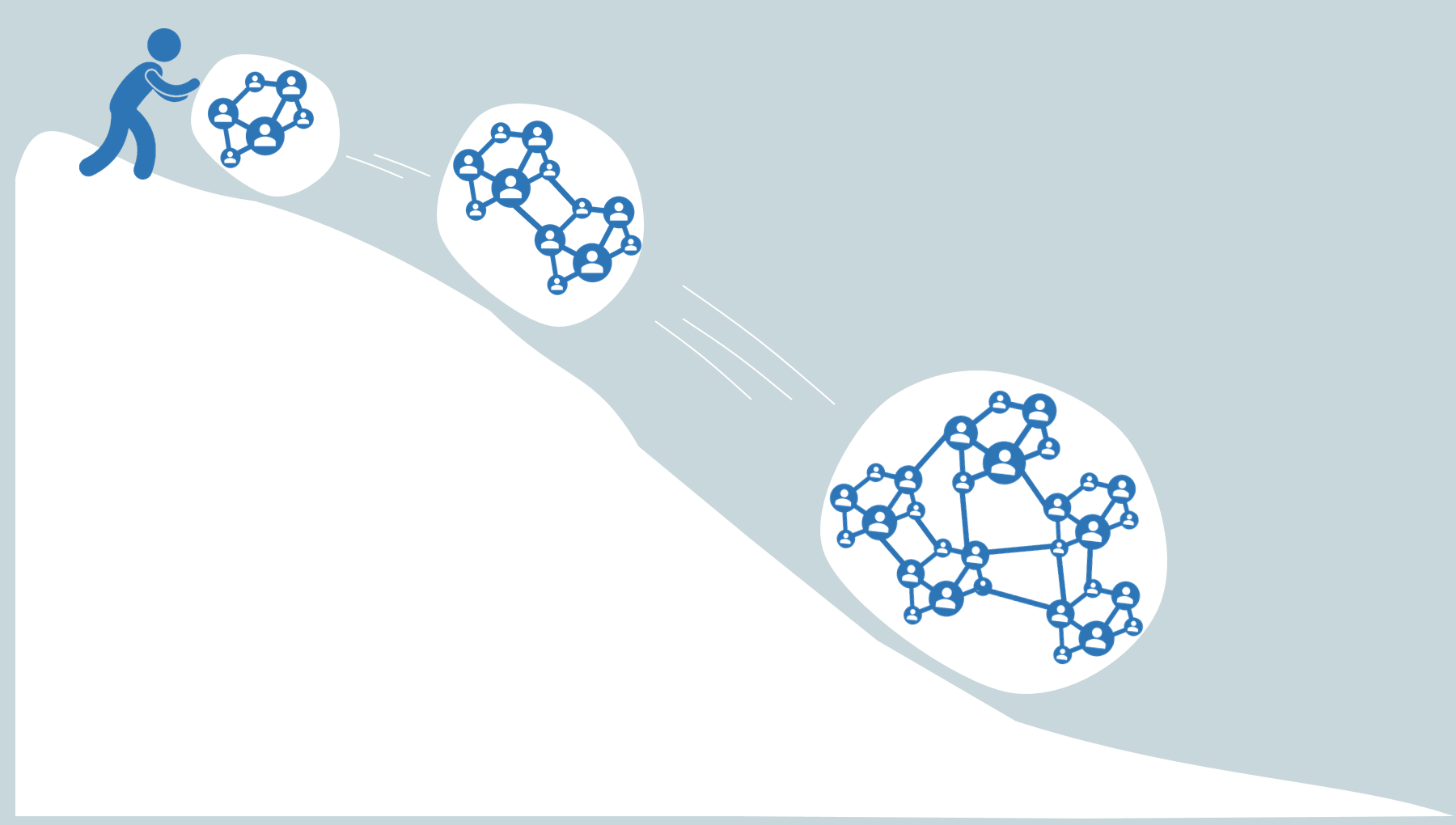Introduction
In 2017, the Joint Research Centre (JRC) - as coordinator of the European Commission's Knowledge Centre for Bioeconomy - in collaboration with the Bio-based Industries Joint Undertaking (BBI JU) and the International Energy Agency Bioenergy (IEA-Bioenergy), undertook a survey research to compile information on bioeconomy policy instruments and their implementation at the national level.
The outcome of that survey had been presented in a dashboard, a joint report published in 2018, complemented by reports published individually by the IEA and the BBI-JU.
As a contribution to the Knowledge Centre, the JRC conducted a follow-up survey in 2019 to update the information shown in the dashboard with the latest developments on bioeconomy policy in European countries and beyond.
In 2021-2022, further updates were integrated based on desk research.
In 2024, further review of the data based on input of the Member States representatives of the European Bioeconomy Policy Forum
This page explains briefly the methodology followed to update the dashboard.
Methodology
Survey 2019
The template
The 2019 questionnaire was structured along 6 sections:
- Personal information
- National bioeconomy definition and scope
- National institutions
- BBI-SRG section on stakeholders, strategies and funding programmes and projects and infrastructures to develop technologies
- IEA Bioenergy - Task 42 section on biorefineries
The template was pre-filled with the information gathered from the 2017 edition of the joint survey as well as updates from desk research. The goal was to facilitate the regular compilation of information and to focus on the new developments in each country.
The questionnaire was sent to bioeconomy experts from the different organisations involved (i.e. Standing Committee on Agricultural Research - SCAR, BBI-JU Member State Representatives and IEA-Bioenergy Task 42 Biorefining) with the suggestion to cooperate amongst them and submit one coordinated answer.
The contacted experts, in turn, shared the pre-filled template with other peers, which acted as a "snowball effect" helping to enrich the information compiled and outreach of the survey.

Participation
In the first stage, the template was sent, in total, to 265 experts from 36 countries. The number of actual participating experts was eventually 101, involving 78 different organisations, with an average of 6.6 experts per country. The involved organisations were very diverse: National Ministries (31%) and other governmental organisations (11%), Research Institutions (25%), Universities and Academia (10%), Agencies (8%) and others (15%).
Out of all the templates received, 88% were coordinated answers (submitted by 2 or more experts per country), while the remaining 12% were questionnaires submitted individually (for 3 countries more than one individual questionnaire were received).
A validation process was conducted after the compilation and harmonisation of all the information gathered: experts were contacted again to correct and update any missing information.
Following this validation process, the information for 13 countries was updated and validated by the experts.
Desk research
The data collected from the survey were complemented by data identified through desk research, conducted prior to the launch of the 2019 survey in order to complete the pre-filled templates and after all questionnaires were submitted in order to harmonise the information across countries and to complete the information provided.
Firstly, the research was mainly based on information coming from official sites on the internet in order to identify the relevant stakeholders at the national level, its classification within broad categories (e.g. Innovation networks, Research Institutes, Public-Private Partnerships, etc.) and their role in the development of the national or regional bioeconomy.
Secondly, the information on bioecononomy definitions, goals, sectors included, etc. were extracted from the official and adopted Bioeconomy Strategies at national level.
Thirdly, additional information from relevant reports and publications was also compiled and incorporated in the dashboard.
In 2021 - 2022, further updates of the information on the national bioeconomy policies in the EU-27 Member States were identified through a desk research. This desk research focused on the main developments of national strategies dedicated to the bioeconomy as well as those related to the bioeconomy, which allowed updating the status of national policies on bioeconomy as of April 2022. The information on the strategies’ goals and monitoring systems as well as the main stakeholders involved in the national bioeconomies was also revised.
The desk research targeted the official websites of the national institutions involved in the bioeconomy and analysed the content of the bioeconomy strategy policy documents newly adopted.
Lastly, the collected information was validated through an ad hoc consultation with the expert-level representatives of Member States at the European Bioeconomy Policy Forum.
Interactive Dashboard
As an outcome of the joint surveys and desk research, an interactive dashboard was built. It provides information and links to the main institutions dealing with the bioeconomy in the specific country, the definition of the bioeconomy and information on the strategies at the national, regional and macro-regional level.
The following figure shows the source of information for each country.

Results
The updated information can be consulted in the online interactive dashboard.
Follow-up
Should any user of the dashboard identify any error or omission, please send us an email to Knowledge Centre for Bioeconomy
| Originally Published | Last Updated | 05 Feb 2020 | 23 Sep 2024 |
| Knowledge service | Metadata | Bioeconomy |
Share this page
